We live in a culture that values the newest as the best. With hundreds of new styles being released each week, it has become an endless buying cycle of low-quality and inexpensive throw-away clothing.
Unfortunately, this inexpensive throw-away clothing actually comes at a very high cost to the earth. Sometimes we forget that it isn't just single-use plastic bags, water bottles, and throw-away coffee cups that are causing problems.

The clothing industry is known for having one of the biggest carbon footprints out there. They consume massive amounts of non-renewable energy and pesticide-laden renewable resources to decrease production costs and get goods to consumers more quickly. And to make matters worse, a whopping 85% of all textiles make it into landfills every year. Plastic bags at the grocery store are not the only things that end up there (although you can help fight that, too, with reusable shopping bags and produce bags).
Synthetic fabrics like polyester take large amounts of energy to manufacture and use harmful chemicals. Not to mention the hundreds of years it takes just to break down in a landfill because they're not compostable. And packaging in the fashion industry produces a ton of plastic waste every year, rather than packaging products in sustainable materials like recycled paper.
Not only does the clothing industry misuse our natural resources and pollute our planet, but it also treats its workers poorly, exposing them to harmful chemicals and dye and paying them less than a living wage. Certain products are also not cruelty-free, as they may be tested on animals.
And finally, these companies produce products that are unhealthy for our children. The chemicals and pesticides used in the cultivation, production, and manufacturing of clothing are harmful. At a baseline, these chemicals cause allergies. More seriously, they are known to cause brain and fetal damage and cancer. Yet, these well-known health and personal care issues are swept under the rug in the name of fashion.
However, there are earth-friendly companies out there, solving these issues with sustainability and putting an end to wasteful manufacturing, arduous worker conditions, harmful fabrics, and over purchasing. These companies seek out and use earth-friendly materials and non-toxic dyes to use in their production and create safe environments for their workers and create jobs with living wages.
These companies are the white knights of today’s clothing industry, and with the support of consumers, they can change the future of this industry and our planet for our children and our children’s children. Together, we can move towards a more carbon-neutral future.
This raises a question for eco-conscious parents: What do you need to know when buying earth-friendly clothing for your children?

What Distinguishes Sustainable Clothing From The Fast Fashion Of Today?
Sustainable businesses prioritize both earth-friendly and worker-friendly practices. Yes, this costs more to maintain, but our children and our earth are worth the added costs.
These higher costs come with higher benefits. Sustainably produced clothes are created with high-quality materials and are designed to last for several seasons. These clothing pieces will not have to be replaced as often as throw-away clothing and can be donated or handed down when your child outgrows them.
Add on to this that if you properly care for your clothing, machine-washable or not, using clean and safe laundry detergent and natural cleaning products can make a difference in your clothing’s longevity in everyday life.
These pieces are made from earth-loving fabrics containing fibers and materials that are reused or recycled, making these products increasingly more sustainable and zero-waste. Recycling fibers breathes new life into items that would have found their way to a landfill to sit for a century. Some fabrics can even be used in composting when their lives as clothing are over.
These companies are also using sustainably cultivated and processed fibers in their manufacturing. The best eco-friendly products are organic, use no polluting chemicals, and are made with natural and hypoallergenic dyes.
There are several fibers we should be paying attention to when shopping for our children. Not all organic and natural fibers are created equal.
An example would be cotton. Cotton is not the greenest option when it comes to sustainable clothing manufacturing.
Cotton farming techniques use large quantities of fertilizers and pesticides, which won’t ever wash out of the cotton fibers and are highly toxic.
Although it is possible to grow cotton organically and without these chemicals, even organic cotton consumes enormous water quantities, keeping it from being a very sustainable fiber option.
The greenest organic fabrics are made using fewer natural resources.
Some examples of earth-friendly and organic fibers and their production are:
- Linen — Linen is made from the flax plant. Flax requires way less water, fertilizers, and pesticides than cotton, and the production of the linen fabric requires very little energy. It is also easy to compost linen once it is no longer wearable, and you can even recycle it into paper.
- Organic Hemp — Hemp doesn’t require fertilizers or pesticides during cultivation. It also requires half the amount of water than cotton cultivation. Hemp is an excellent replacement for cotton fiber in denim, jersey, and even fleece fabrics. Hemp cultivation used to be illegal in several U.S. states, but the 2018 Farm Bill made it legal throughout the U.S.
- Organic bamboo — Bamboo is a fast-growing and renewable plant resource that can create luxuriously soft yet durable and easy-to-care-for fabrics. However, some production requires highly poisonous chemicals to convert the bamboo fibers into cloth.
This production method is quickly becoming a thing of the past as more and more earth-friendly companies look to solve this problem without the use of toxic solvents.
- Alpaca and Merino Wool — The alpaca is a mammal native to Peru that looks similar to a llama. It has long hair made of beautifully soft fibers. Alpacas are hardy animals that grow well without antibiotics. They do not require substantial pasture lands and or lots of water to produce healthy coats and are therefore an excellent renewable resource for clothing fibers.
Similarly, Merino wool comes from the Merino sheep and also has incredibly soft and fine fibers. You still need to be careful when purchasing wool items as some farmers may use pesticides on their pastures or use harmful chemicals and toxic dips on the wool.
These hazards can be avoided when buying organic wool. Instead of pesticides, organic wool farmers use the manure from the animal to fertilize their grazing lands.

Hidden Harmful Contaminants
The dyes used to color fabrics are another big issue for our environment. Many conventional dyes contain harmful chemicals that require large quantities of water for processing as well. During the coloring process, much of the dye washes out of the fabric and into the local watersheds. This dye is a massive pollutant to the rivers throughout the developing world, where most of our clothing is made.
This doesn’t mean that a cleaner choice is non-dyed fabric. Pure-looking, snow-white fabric is bleached with chlorine and formaldehyde. Both of which are terribly toxic for water sources.
Greener alternatives are safe, like low-impact or natural dyes. Natural dyes are extracted from plants, insects, and natural chemical reactions like indigo and cochineal.
Reusing And Recycling
Making garments from recycled fabrics is the absolute best way to make earth-friendly fabrics and fibers.
For example, some fleece coats are made from recycled plastic bottles. This creates something of use out of a waste product and eliminates the use of non-renewable oil to make new fibers. Mon Coeur makes our labels and zippers from recycled bottles like this.
Also, old polyester fabrics can be recycled to produce a new polyester fabric, which means that polyester can be used to make more eco-friendly products.
Recycling polyester requires less energy and produces way less waste than manufacturing polyester initially. Also, recycling polyester is actually a much more sustainable process than creating new polyester.
Cotton can also be upcycled, and Mon Coeur uses post-industrial recycled cotton as well as recycled polyester to create their environmentally friendly products.

Reusing and recycling clothing is the ultimate in earth-friendly options. Recycling fabrics eliminates waste and uses minimal resources like water and electricity to recycle the material.
The best way to reuse clothing is to give it a second or even third life before it is retired. Pass your clothing down as a hand-me-down to younger siblings, cousins, or neighbors.
After it has made its rounds amongst your family and friends, it can then be donated to a thrift store for it to be worn one more time before finally sending it to a clothing recycling facility once it begins to wear out. Sometimes these clothing items can simply be “upcycled” into something else before they are recycled into new fibers and fabrics.
Want to know some great places to shop to find earth-friendly clothing affordable? Every community has them, and several options are at the tip of your fingertips, just a swipe away.
Check out some of the following options to find gently used or never been worn earth-friendly fashions for your whole family:
- Thrift stores
- Consignment Stores
- Second-Hand Clothing Apps
- Online Auction Sites
- Garage and Estate Sales
- Swap parties
- Earth-friendly and sustainable brands
There is no way around it: it costs more for sustainable garments to be made with eco-friendly materials by workers who are paid a decent wage. New clothes from eco-conscious brands can never compete with the cost of throw-away clothing. However, they do compete with the quality and the healthiness of our children and our planet.
Thankfully for our pocketbooks, there are tons of ways we can incorporate earth-friendly clothing into our children’s wardrobes. You can fill your child’s entire closet with well-made organic and sustainable garments for no more than you are paying now. You don't have to stop your environmentally-friendly efforts at using stainless steel reusable straws instead of plastic straws or replacing your plastic wrap and snack bags with beeswax food storage supplies.
By buying smart, swapping and sharing with friends and family, purchasing clothing second-hand, and sourcing from eco-friendly brands that value our earth— you’ll be able to achieve the wardrobe you want for your children without sacrificing our planet or your budget.
Sources
https://www.weforum.org/agenda/2020/01/fashion-industry-carbon-unsustainable-environment-pollution/
https://remake.world/stories/news/there-are-hidden-chemicals-in-our-clothing/
https://www.hellonaturalliving.com/is-bamboo-fabric-really-eco-friendly/
http://blogs.chatham.edu/pghenvironmental/2014/04/12/alpacas-as-a-renewable-fiber-source/
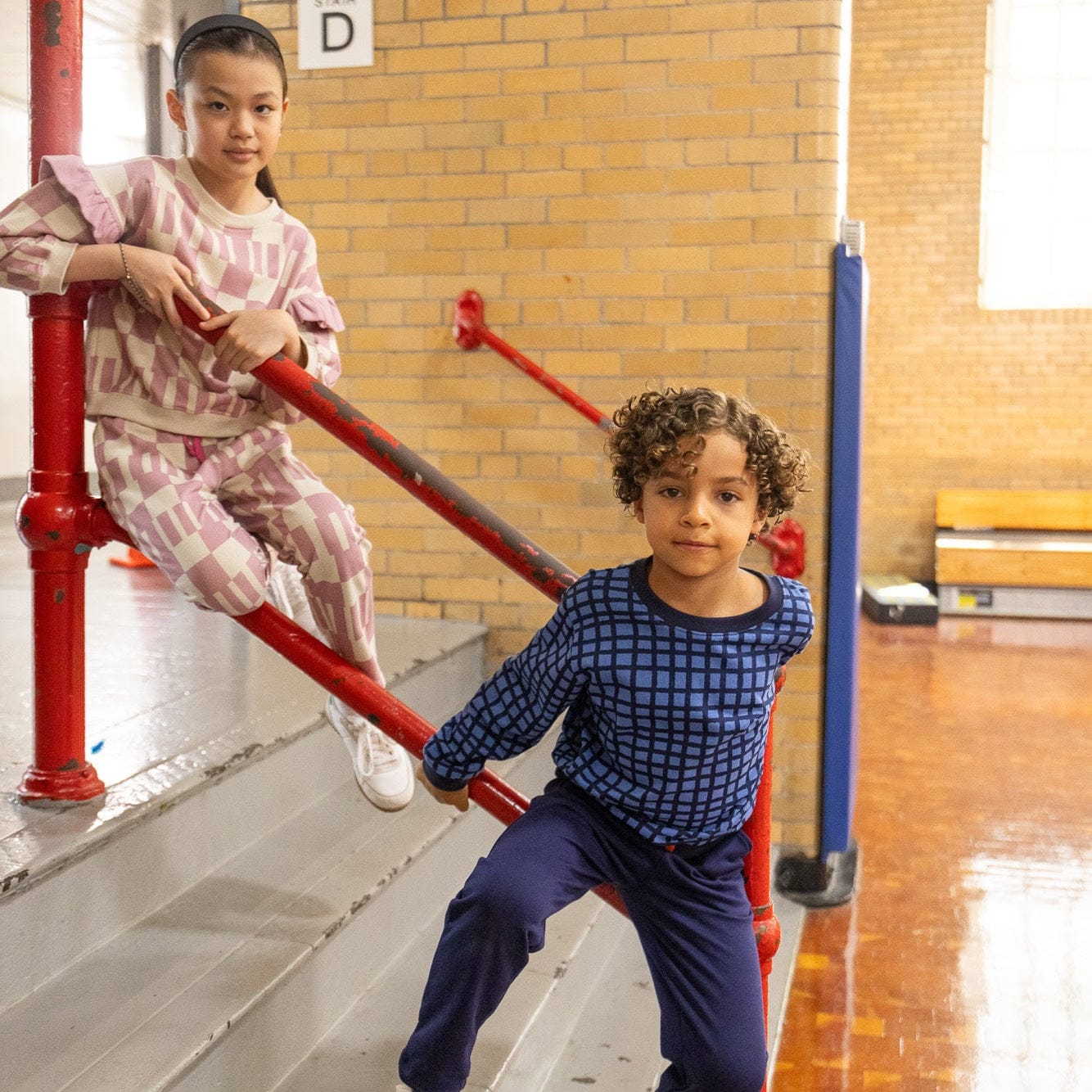
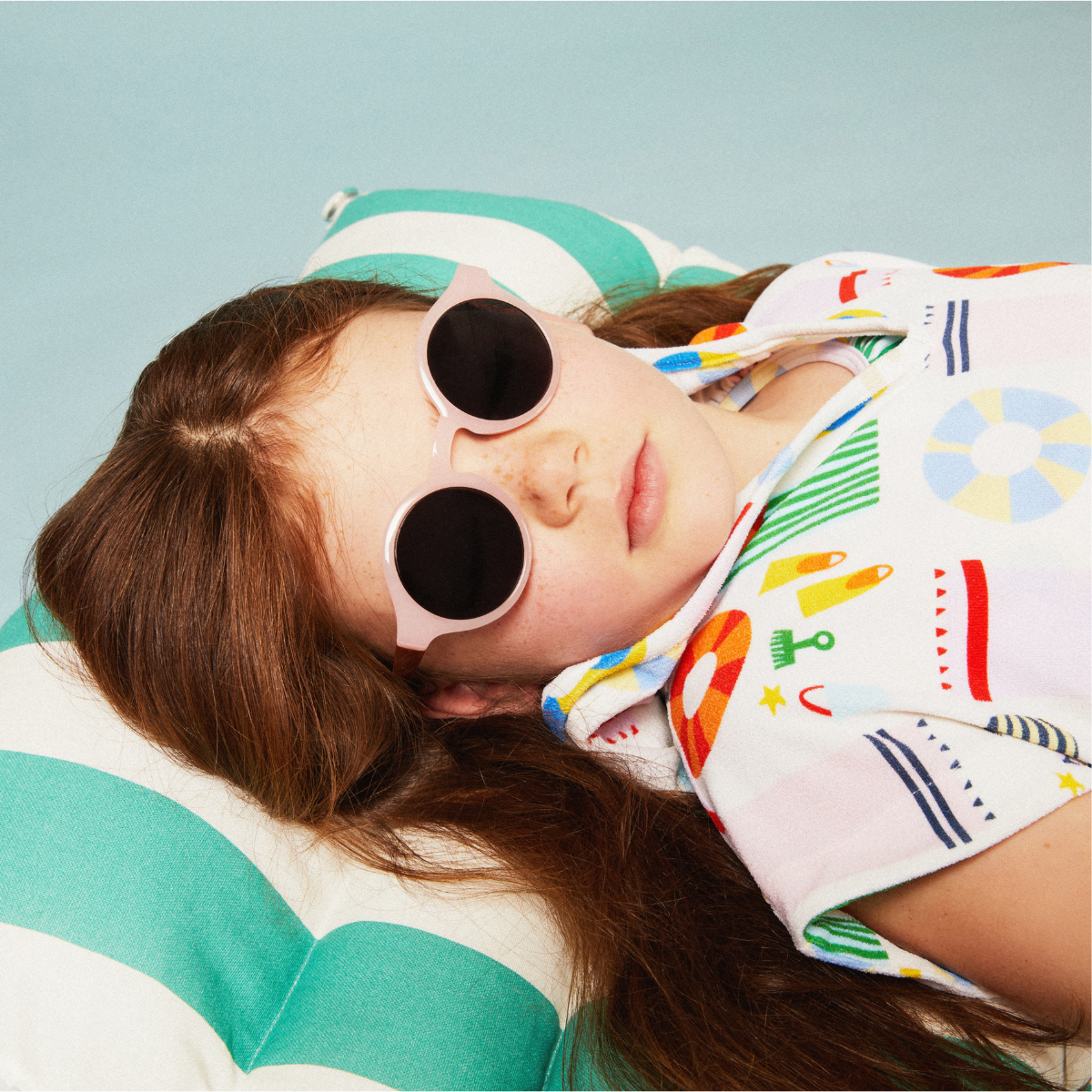
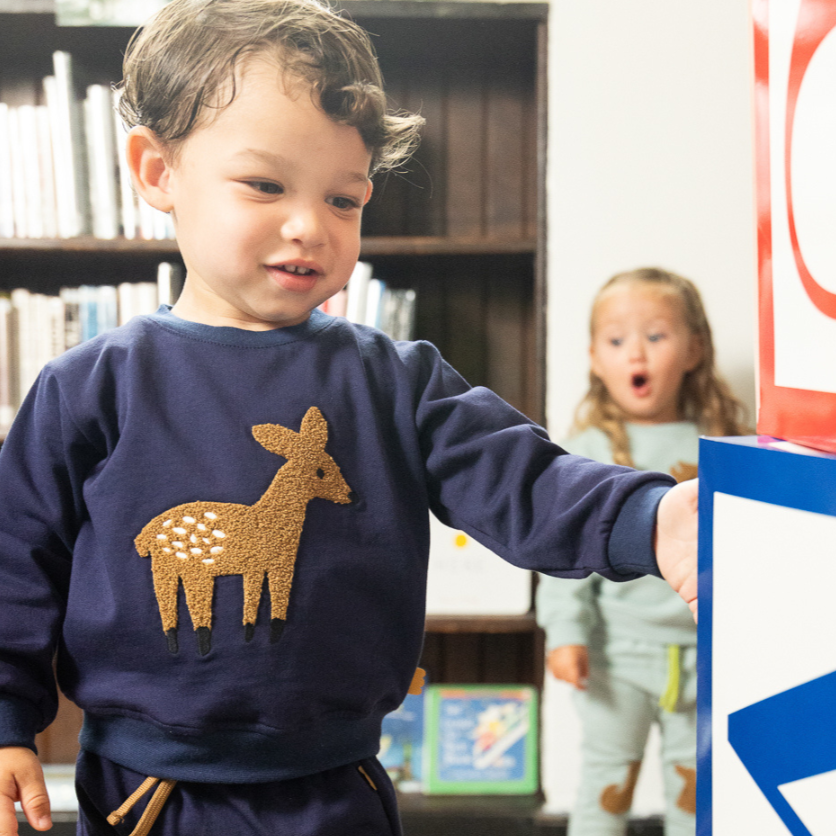

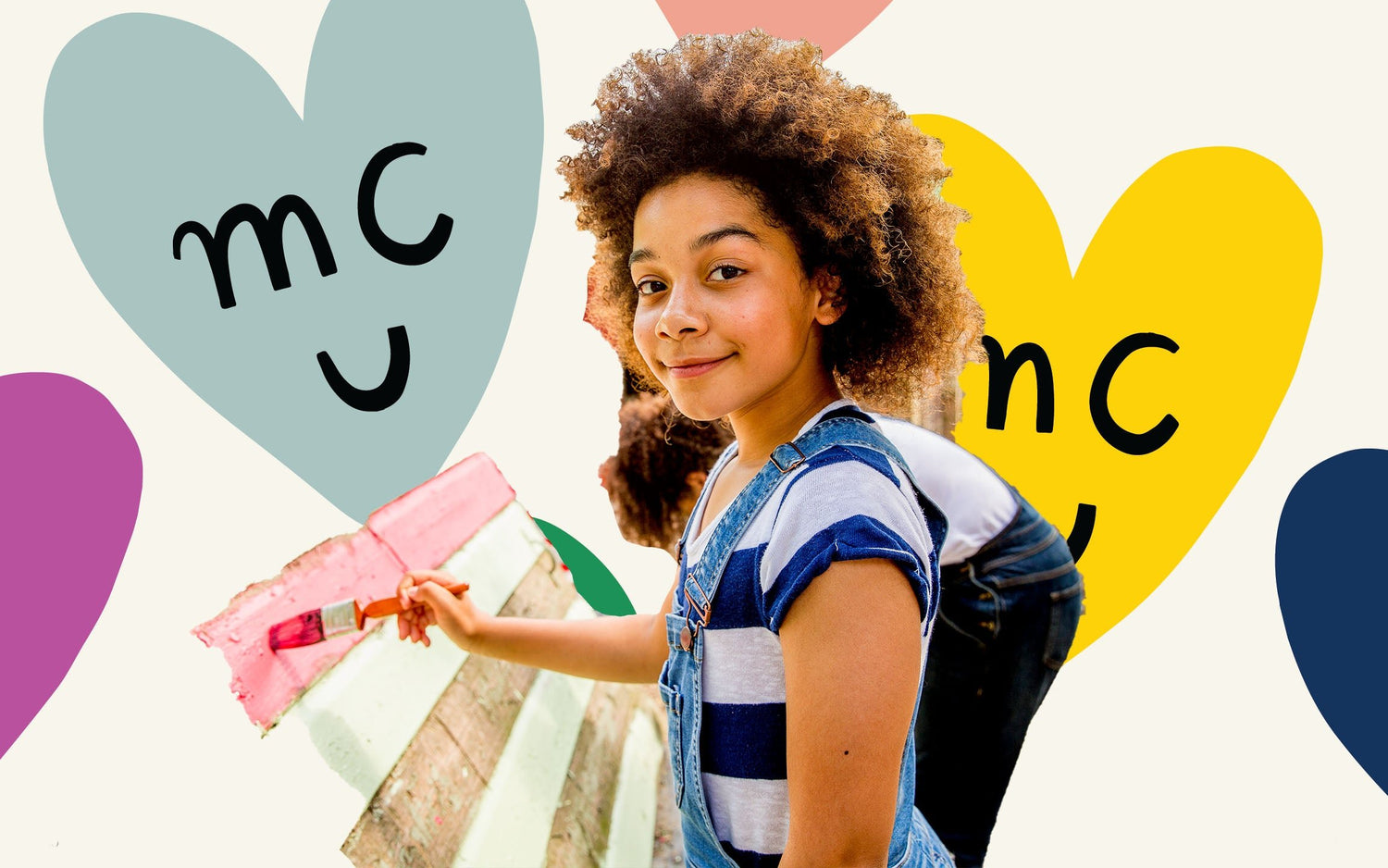
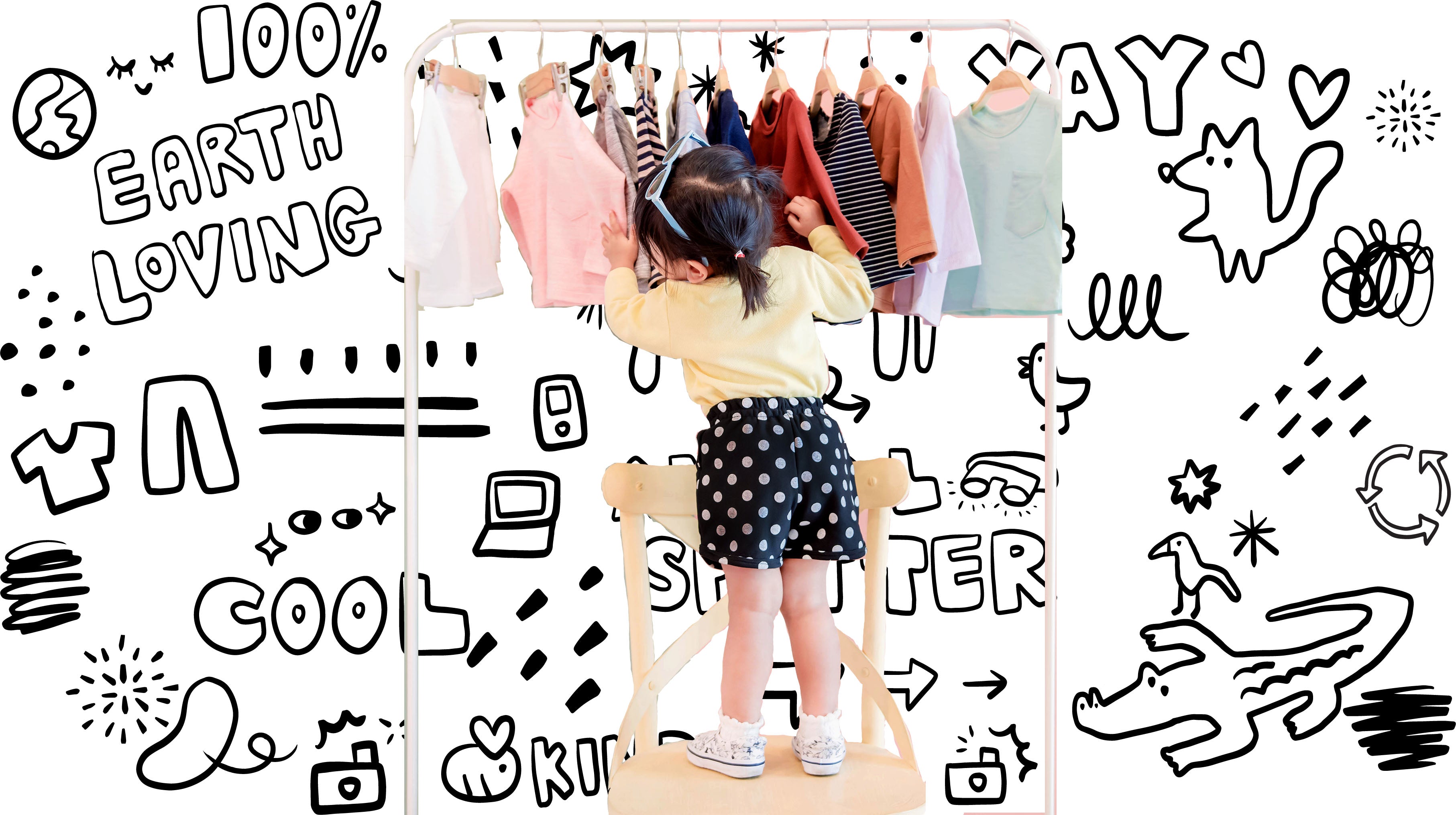
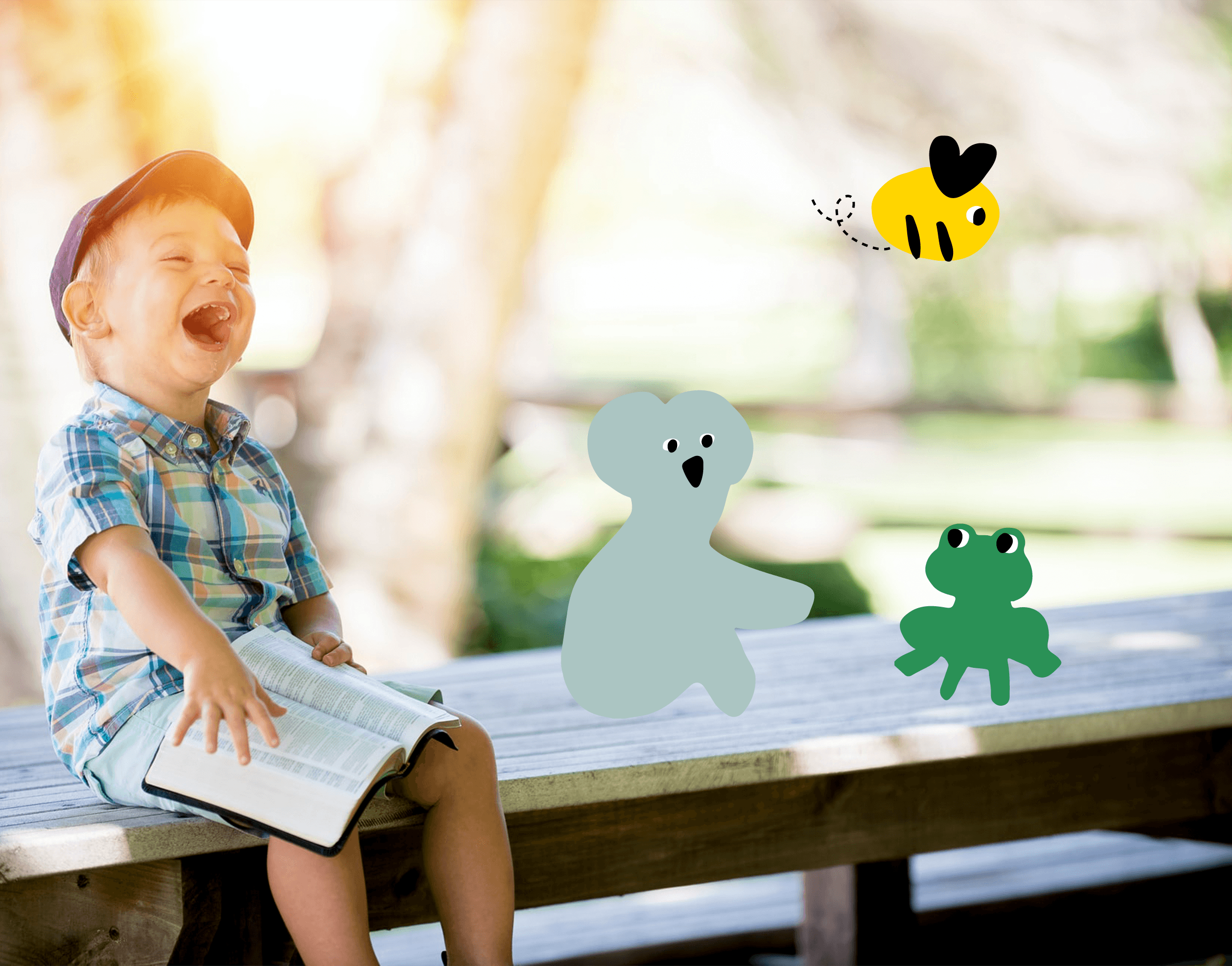
Leave a comment
This site is protected by hCaptcha and the hCaptcha Privacy Policy and Terms of Service apply.